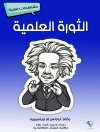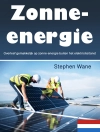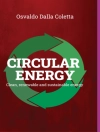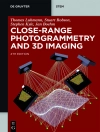The research in this book represents the culmination of a drive to build the first discharge gas laser unencumbered by the effects of diffraction. This breakthrough has been achieved through careful implementation of a discharge within a hollow-core optical fibre, and by developing measurement and analysis techniques to demonstrate laser action in an experimental optical cavity.
Gas lasers were amongst the earliest laser types to be demonstrated and commercialised, but it was recognised that noble gas lasers were limited by the minimum bore diameter of the laser tube, which is set by diffraction. The advent, in 2011, of hollow optical fibres with optical and physical properties suitable for gas discharge lasers opened up the opportunity to break this diffraction limit. Using a mixture of helium and xenon gas, lasing in the mid-infrared range was achieved using a 100µm core flexible hollow optical fibre which, at 1m long, is several hundred times the diffraction-limited Rayleigh length.
İçerik tablosu
Introduction to Laser Physics.- Introduction to Discharge Physics.- Electrically Pumped Noble Gas Lasers.- Introduction to Optical Fibres.- Experiment Assembly and CW Measurements of the He-Xe Laser.- Pulsed Measurements of the He-Xe Laser.- Experiments with New Gas Mixtures.- Conclusions and Future Prospects.
Yazar hakkında
Adrian Love graduated from the University of Warwick in 2013 with a first class degree in Mathematics and Physics. He then joined the Centre for Photonics and Photonic Materials at the University of Bath to complete his Ph D following a successful summer placement in 2012. His work on fibre based gas lasers under the supervision of William Wadsworth followed a short project on nonlinear optics. Having completed his Ph D at the end of 2017, he left academia to pursue other career interests.











